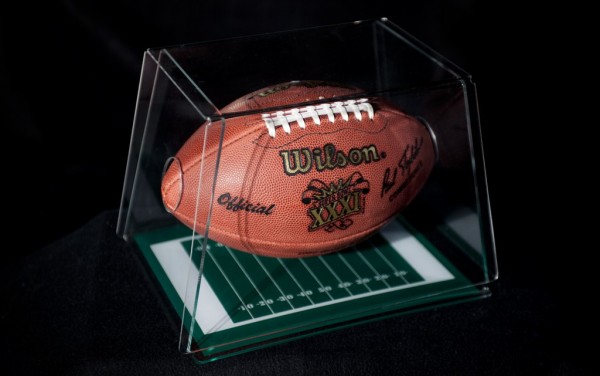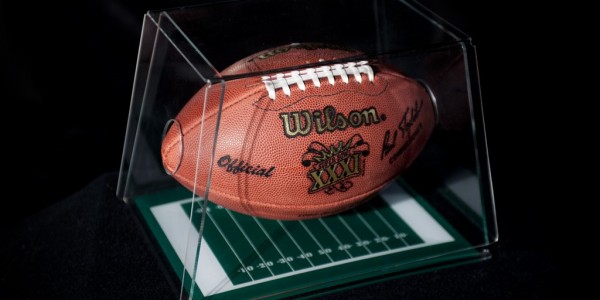
Once College Basketball for 2014 is over, the main thing in college sports that will grab the headlines will be the first steps in the attempt of college athletes, mostly football players, to unionize with the main goal starting to get paid for their services to universities, which means being given a piece of the huge money pie that is College Athletics, mostly coming from TV Deals.
College Football and Basketball generate money for the schools, but that money also helps keep other programs alive. Not just in the same sport around the country (with certain revenues shares taken to help lower divisions) but Tennis, Baseball, Soccer and other sports that don’t get the kind of exposure that football (mostly) and basketball due on a national level.
According to the Education Department’s latest statistics, all colleges combined to generate $14.3 billion in revenue during the 2012-13 fiscal year. After factoring expenses, there was a profit of $500 million left, but not all universities actually reported making money. However, not all benefits are captured in the department’s statistics.
There are contracts worth close to $18 billion for the television rights to the NCAA men’s basketball tournament and football bowl games. The contracts for the five major football conferences are worth a few billions as well each year.
According to Marc Edelman, an associate professor at City University of New York who specializes in sports and antitrust law, the revenues generated by College Athletics are greater than he aggregate revenues of the NBA and the NHL. Alabama, for example, had revenues of $143 million, which is more than any NHL team and all but five NBA teams.
And Alabama aren’t even at the top sot. Texas made more than $165 million last year in revenue, generating a $27 million profit. Florida, Ohio State, Michigan, USC and Oregon are all above or close to the $100 million mark.
But that is where the problem begins – the big schools, the nonfootball programs, and the huge profit margins between them which makes the whole union and pay-for-play thing a problem.
Rod Fort, a sports economist and co-director at the Michigan Center for Sport Management: If athletes make any gains through organization of unions and collective bargaining, it’s going to come at the expense of other spending that’s going on in the athletic department. Most of that extra money goes to coaches’ salaries, facility upgrades and recruiting. It’s precisely that spending that makes the university the attractive place that it is to come and play in the first place.
It could change the entire athletic department model. The idea is, on average, athletic departments are run on a break-even proposition. They’re not expected to make money, and they’re not expected to lose money. Their budget is set in a discussion with university administrators, just like any place else on campus. If the day comes where athletes bargain for wages, budgets are going to have to change across the country.
